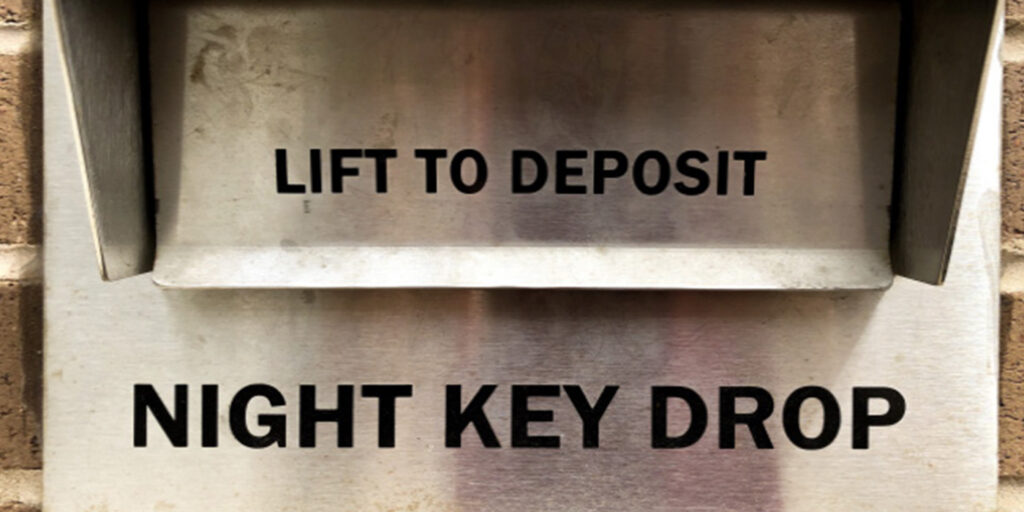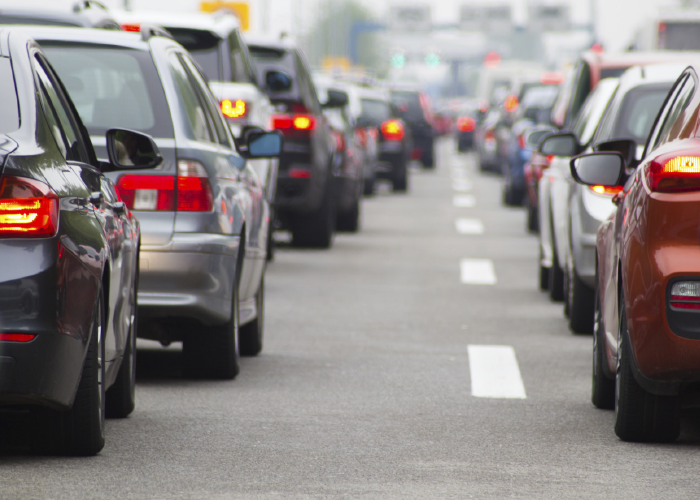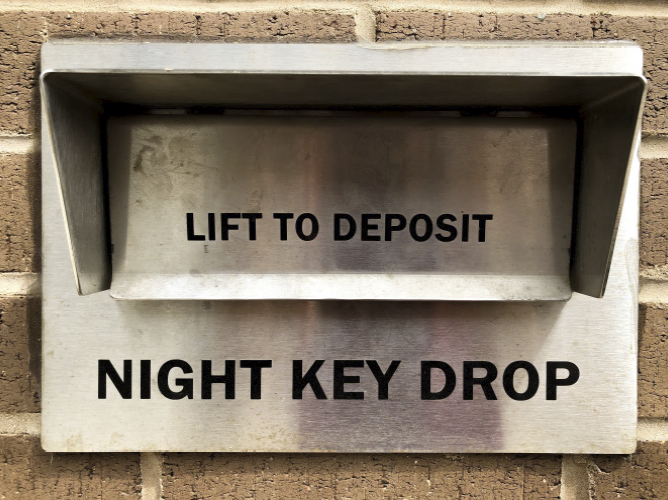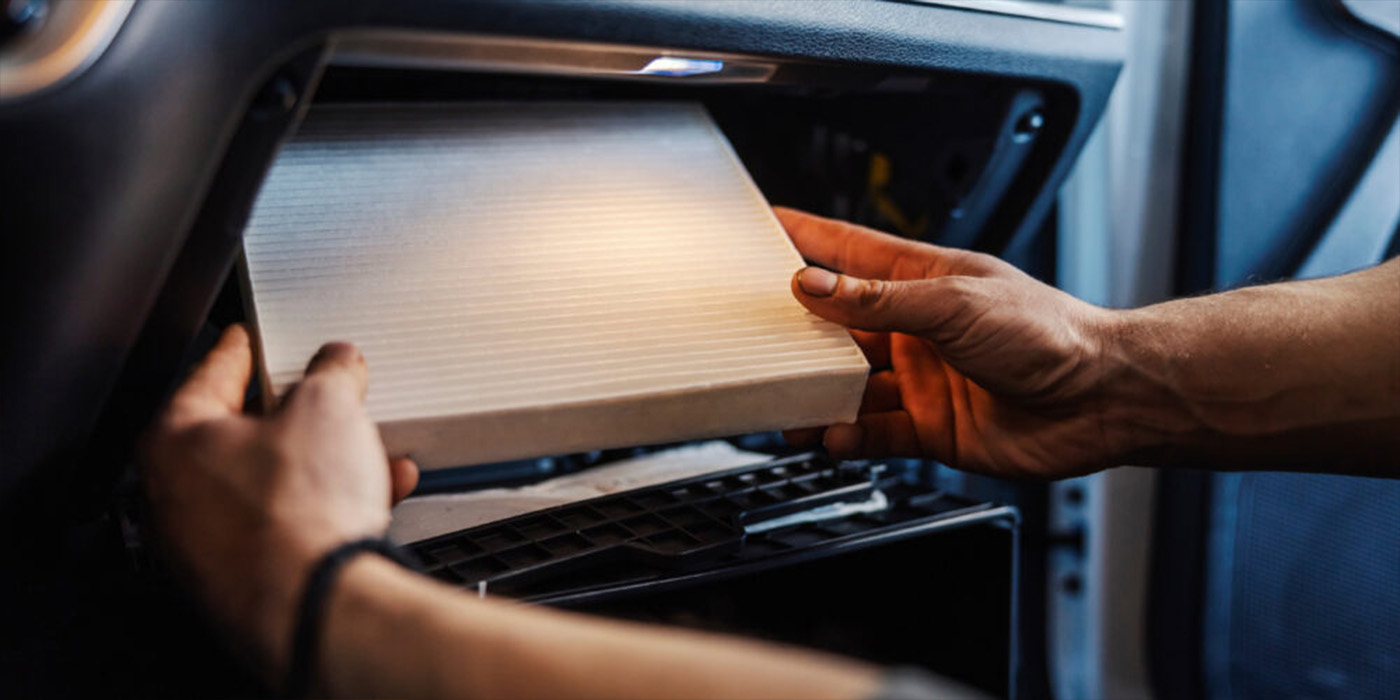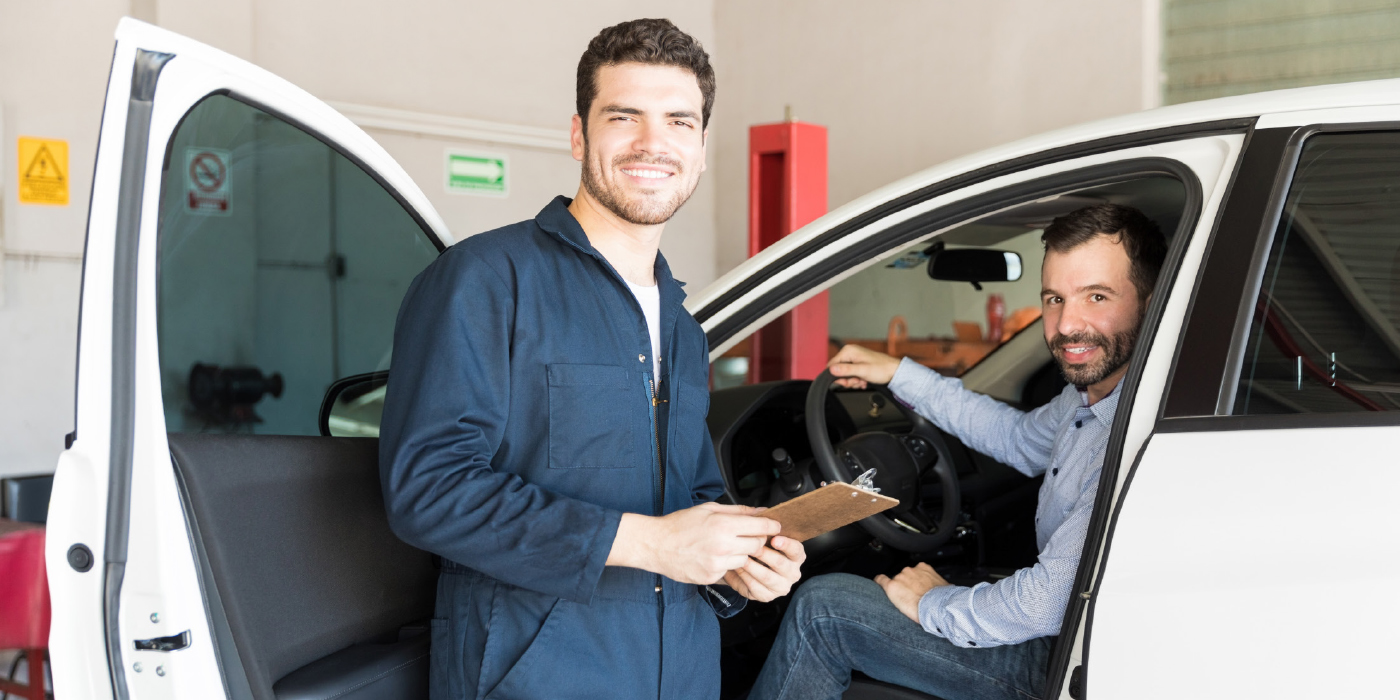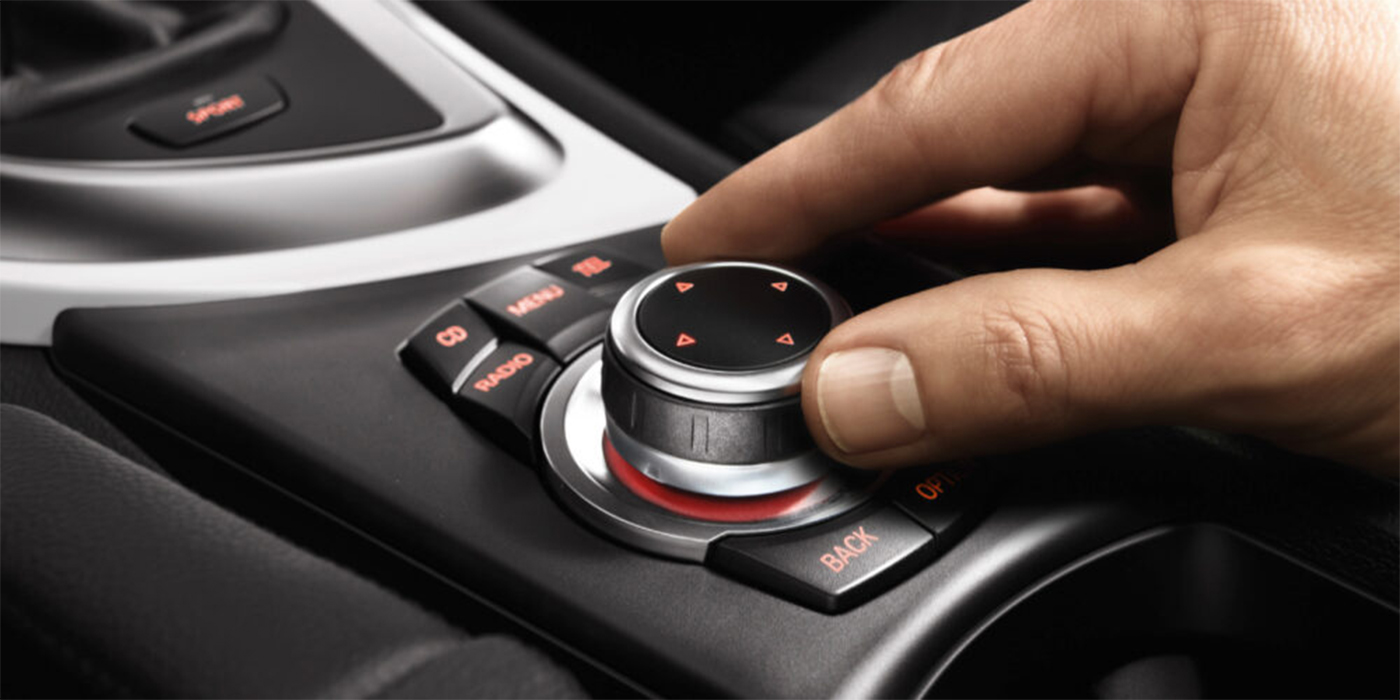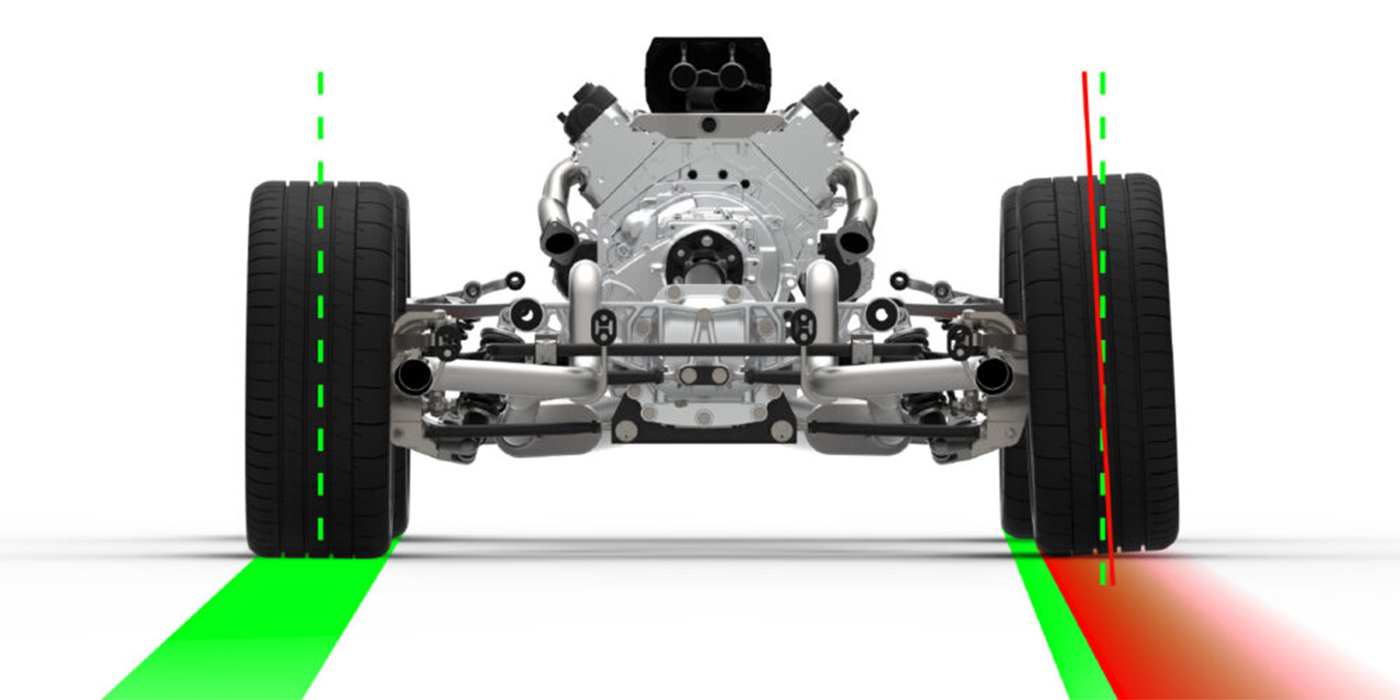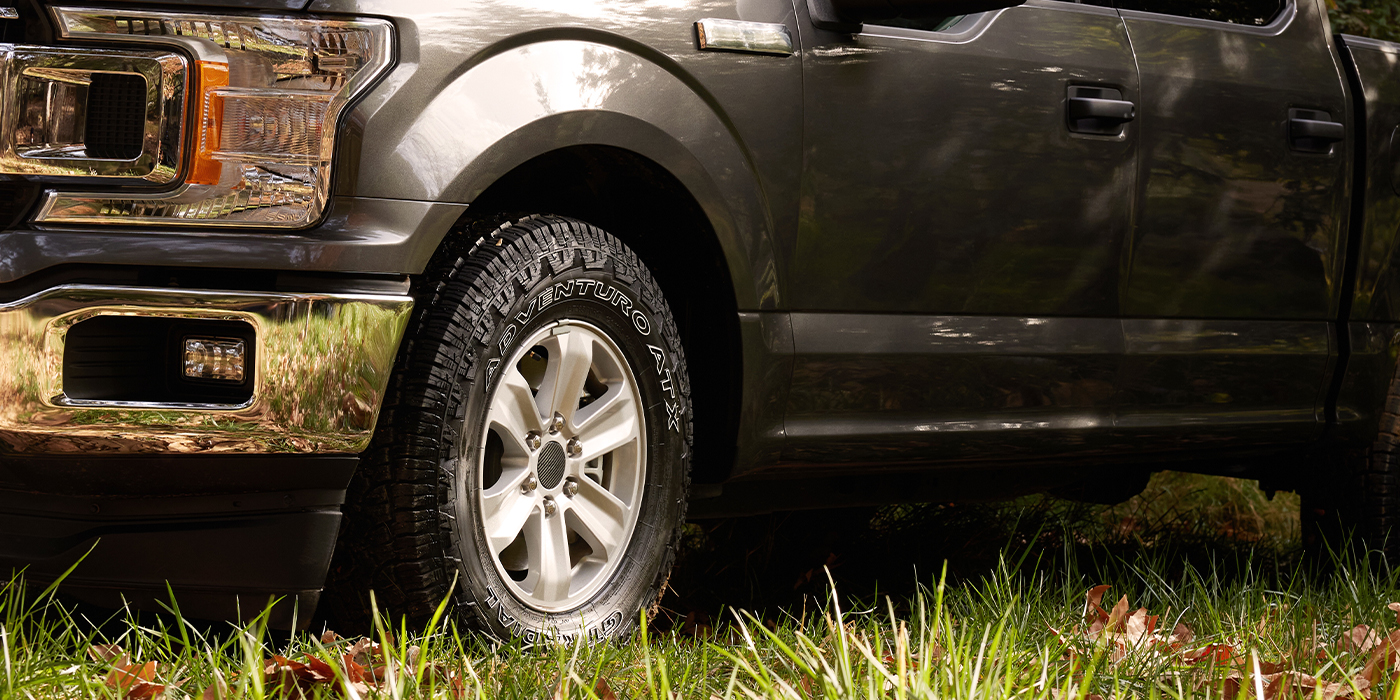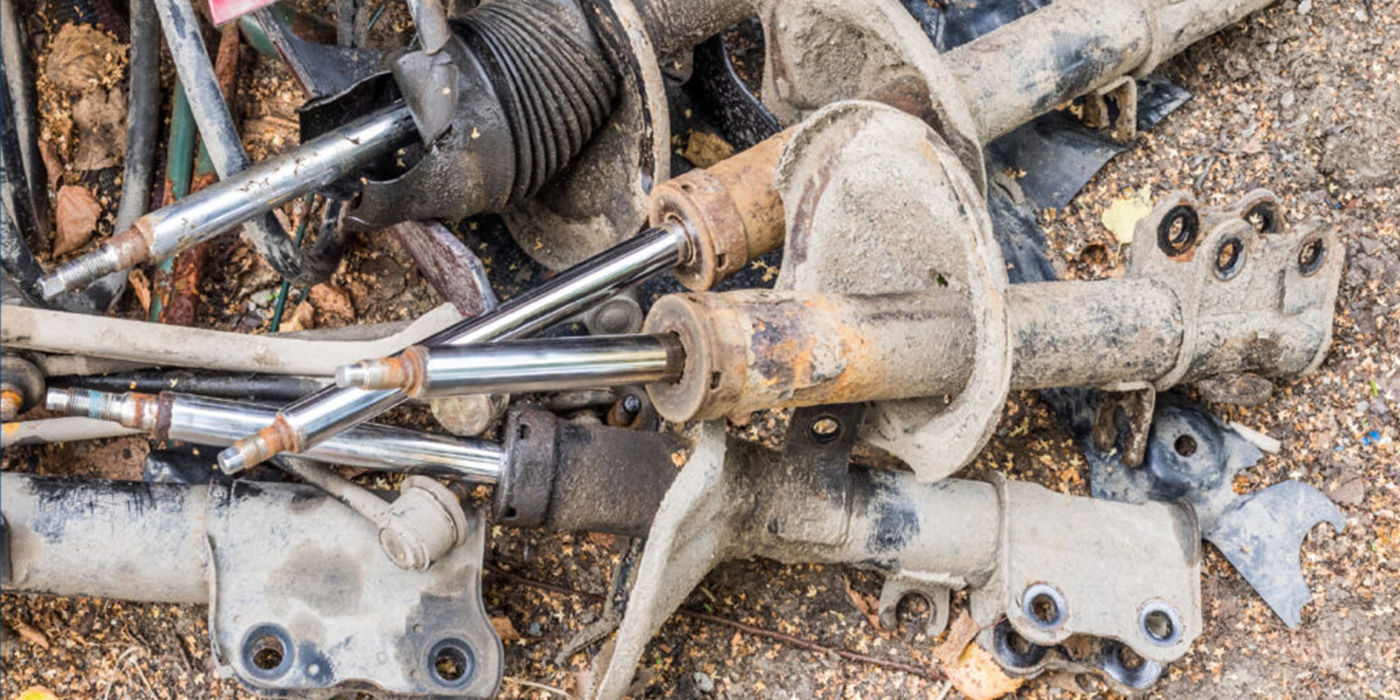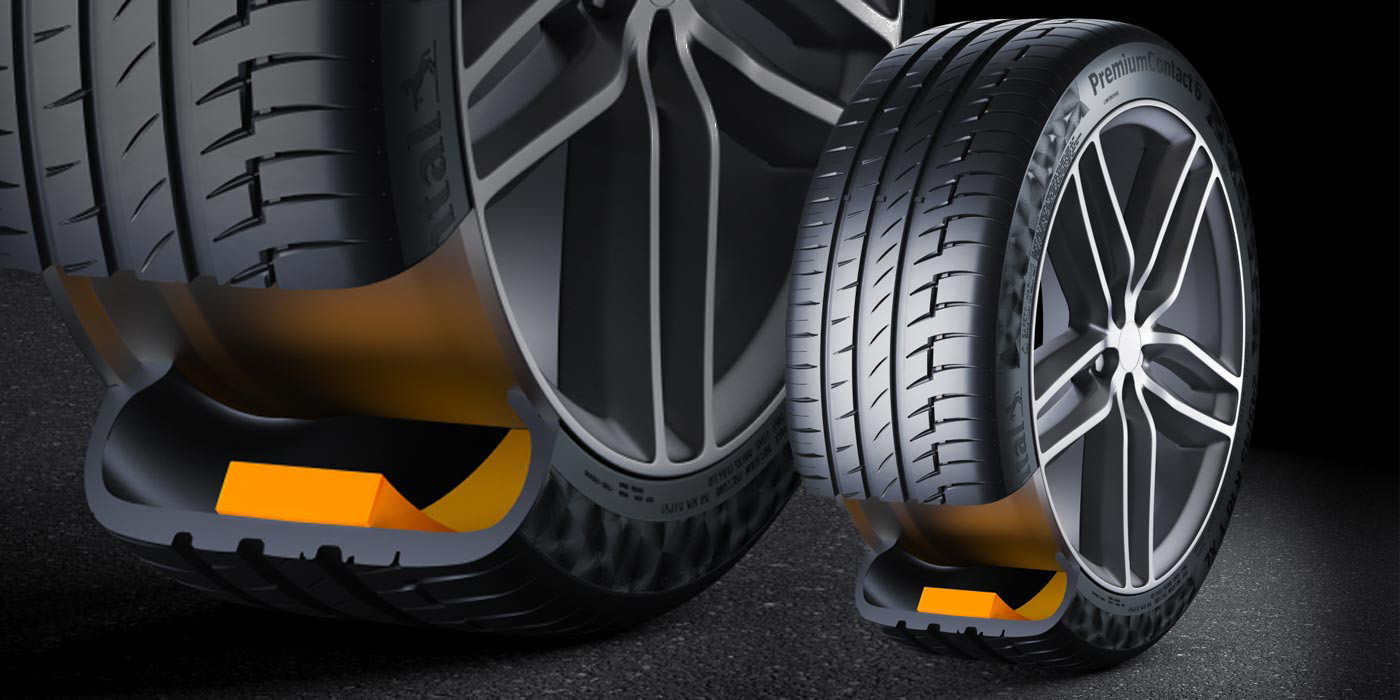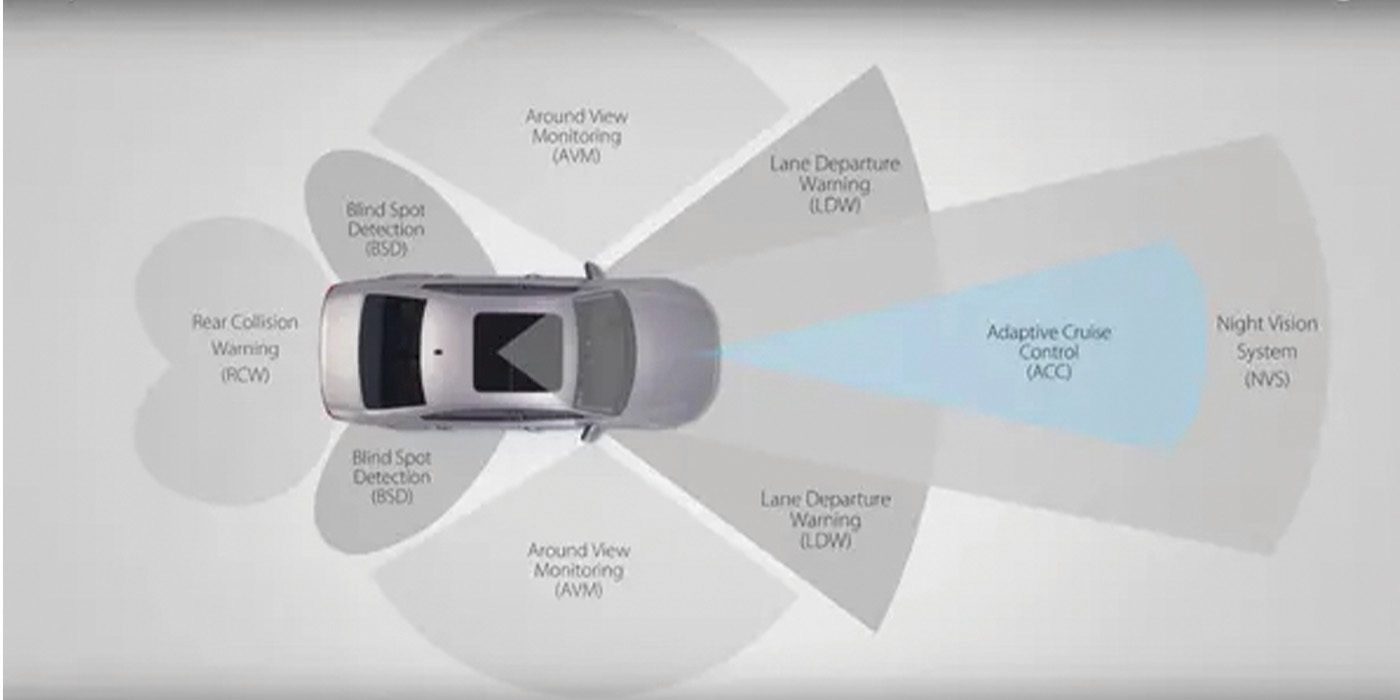How Changes In Customer Convenience Have Impacted Satisfaction and Vehicle Repair Efficiency
They say life is a highway. If this is true, then your audience is constantly moving in the fast lane.
As public places reopen, mandates become retracted and occupancy limits are on the decline, day-to-day life has seemingly returned to normal.
It is no secret that we now live in a world of assiduous go-getters. Each generation seems to be busier than the last. Whether it be work, school, extracurriculars, practice or meetings, transportation to and from these obligations is now an essential factor to consider when executing the process.
While the transition from remote to in-person lifestyle has been an extremely exciting and much anticipated process lately, it has, on occasion, been difficult to fulfill every task and responsibility when your customer’s check engine light appears on the dashboard.
People are no longer confined to a singular space. Life is busy and cabin fever is prevalent. With your customers back on the road, they have begun to rely more heavily on proper vehicle operation; however, a lack of time may be preventing them from taking the best course of action.
Providing your customers with temporary options is a great way to make sure that everyone stays happy and on the move… even when their car is not. Convenience is among one of the most crucial factors to a large consumer audience – so how are you utilizing this information?
As shop owners first adjusted to the challenges of the pandemic, then became comfortable with new procedures and finally began recognizing a more traditional “normal,” they have implemented flexibility in their services – and in how they are dealing with the inevitable fork in the road concerning a timely fix and productive repair.
“Adjusting to COVID took a lot of the personalization away,” says Greg Buckley, owner of Buckley’s Auto Care in Wilmington, DE. “We followed all the precautionary protocols for the safety of our team and customers.”
It goes without saying that the pandemic influenced the relationships between people and business. As face-to-face interactions were minimized and social distancing was implemented throughout the nation, what was once a pleasant conversation with your client became phone payments and contactless service.
“The true character of our staff really began to shine when people started facing harder times with the pandemic,” Brian Bates, owner of Eagle Automotive in Columbine Hills, CO, explains. “We take pride in taking diligent care of people. So, we were able to build meaningful and lasting connections with our clients, regardless of circumstances.”
“We saw positive reviews about how we handled operations throughout the pandemic,” says Jim Noblitt, owner of Mission Car Care in Katy, TX. “We encouraged social distancing and cleanliness among everyone.”
Maintaining trust and loyalty was among one of the top priorities for all three shops who were able to thrive, expand and surpass quotas despite the pandemic.
Pick-Up and Drop-Off Procedures
Along with the social distancing came an increased number of after-hours pick-ups and drop-offs. As COVID-19 cases rose, more and more of their customers became apprehensive of social interaction, our shop owners tell us. Each of them offered contactless appointment scheduling and remote payments. Staying connected and networking with other local shops helped them to always stay one step ahead.
“We had a small amount of after- hours pick-ups and drop-offs before COVID. During, we had people who would want to drop off before hours, so they did not have any human contact,” Noblitt explains. “They would call in advance, explain what they wanted done to their vehicle, and they would leave it in the parking lot.”
Lockboxes, key slots and surveillance cameras are among a few of the precautionary measures taken by these shops to ensure security and peace of mind for each of the late night and early morning customers.
While incidents are few and far between, every so often, people will test their luck by slashing tires or stealing customer property.
“The person responsible for the vandalism not only ruins the customers day, but it also ruins ours. We work together with our customers to resolve any issue that may occur,” says Bates. “They just want to be approached with empathy.”
Alternative Options
These shop owners did not just stop there. As the pandemic progressed, even more options became available for those who were increasingly concerned for their health and safety.
“We would show up to where their vehicle was, sanitize the car and drive it into the shop where we would get the job done and bring it back to them,” Bates adds. “We did what we could to accommodate.”
Complimentary shuttles to and from the shops, Lyft and Uber were resources utilized by each shop to help assist in client transportation. Knowing the needs of their customers produced satisfying results and reviews.
Some fixes, however, inevitably take longer than others. Whether it be shipment delays or intensive diagnostic troubleshooting, same-day service may not always be feasible. But, for commuters, adventurers, travelers, and drivers – a stationary vehicle is detrimental to their weekly plans.
“We have loaner vehicles detailed and lettered up to promote the shop, so it is a successful marketing strategy and a convenient option for customers whose cars may take a bit longer to fix,” says Buckley. “It’s well received and a win-win for everyone involved.”
Loaner cars are also a great way to ensure the proper timeframe to evaluate the vehicle, retrieve the parts and fix it correctly. When customers aren’t depending on their cars being fixed that day, it gives the team wiggle room to effectively get the job done.
“In today’s market, parts are delayed and there are interruptions along the production line. On top of that, everywhere seems short-staffed so it can take longer to get a job done,” explains Buckley. “Being flexible is the best option.”
As the world continues to adjust its methods of interaction, some of these new business practices will become standard operating procedures – and others will be introduced, as well.
How does you shop interact with your customers? Let us know! Just visit the ShopOwner content portal to share tips, tricks and techniques that work for you. It’s simple to get started – just visit our website (ShopOwnerMag.com) and click on “Content Submission.” You’ll be able to quickly complete our registration and submission form, and you could soon be a contributor to ShopOwner or one of our other automotive-focused brands.

